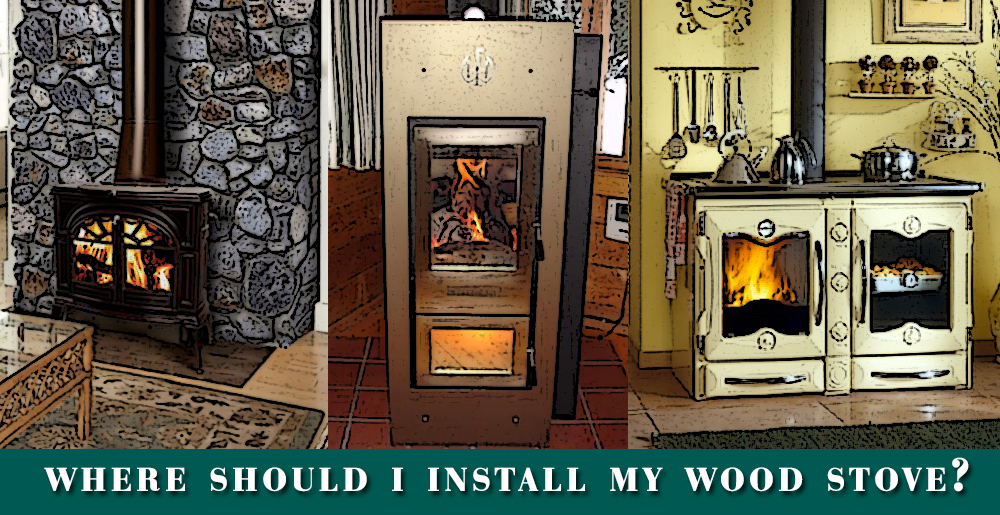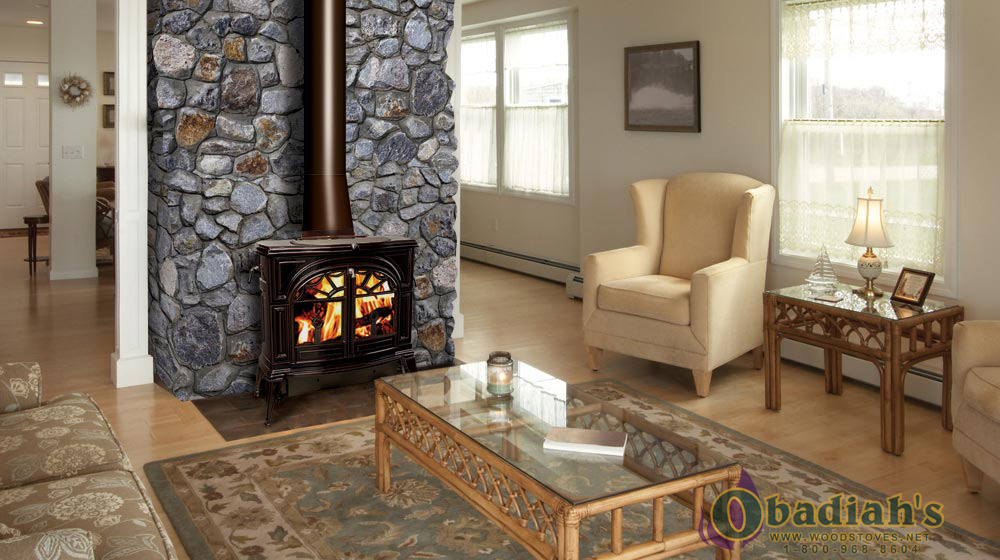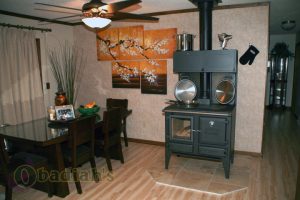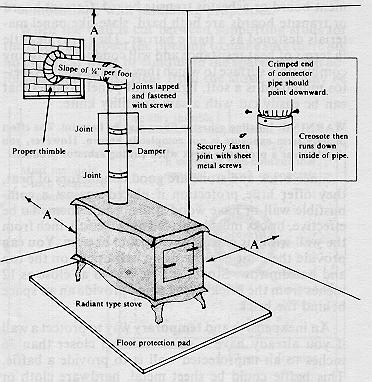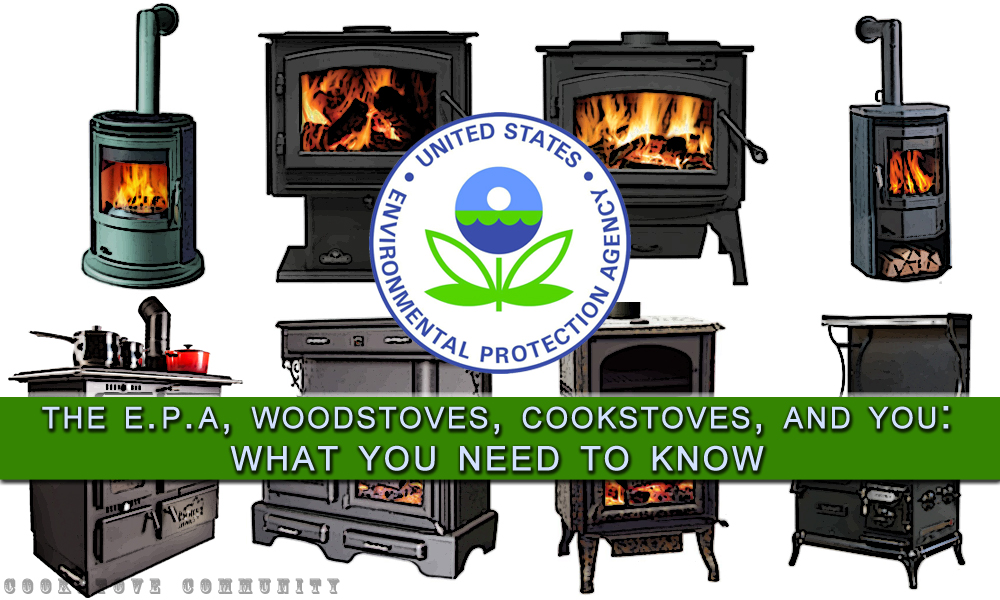Where Should I Install My Wood Stove?
Deciding you want a wood cook stove is not always the hardest part. After all, who could resist the cozy heat of a wood fire with its gentle cracking and popping, along with a meal home-cooked over the top of it? We’re all suckers for that. The real challenge is this: Where should I install my wood stove?
The first factor to consider in the installation of your stove is your area’s local building codes. Some states have more restrictions than others when it comes to how much space must be between your stove and the nearest wall, and those parameters will often determine for you where your wood stove can go without violating any building, fire, or insurance related rules. We know, thinking about local government regulations is hardly the exciting part of getting your new stove, but choosing to ignore them will lead to far more hassle down the road than it’s worth. To make this part less of a headache, check out this incredibly helpful page from the folks over at BuildingsGuide, which lists building and fire regulations by state: Resources for Building Codes By State.
Do you live in a home with more than one floor? If so, you will want your wood cook stove on the lower level, as heat rises and it’s much easier to move air up than down via vents or blowers. However, if you have only one ground level floor and a basement, you should ask yourself what you want out of your stove: If it will be mostly for emergencies and you don’t plan on using the oven or cooktop often, you may consider installing in the basement so that your pipes will get the maximum benefit. If it is for personal warmth and home cooking, as it is for most people, then you should look for space on the ground level floor.
If you have it narrowed down to a particular floor and a few potential safe locations, you can make a few different choices from there. Keep in mind that placing a stove next to an exterior wall (one that separates the interior from outside, rather than from another room) can lead to unnecessary heat loss, forcing you to work harder to keep your fire at the temperature you prefer. You can mitigate this by adding materials to the walls and floor around the installation like brick or stone, but it is necessary to do more than simply add this material on the top of what is already there (masonry products can still transfer heat into your walls, which is dangerous if that material is combustible). We explain a bit more about this, and the necessity of clearance to combustibles, in the video below.
Your wood cook stove should also be located in a place where there is less than ten feet of stovepipe between the stove and the chimney, and somewhere that does not require the use of more than two pipe elbows. This maximizes chimney draw and slows the accumulation of creosote by allowing more of it to drip back into the firebox.
Another question to ask yourself when installing your wood stove is this: How will you move the warm air produced by the stove around your home? If your stove is far away from any doorways or vents, you will have a more difficult time generating airflow. Conversely, placing a stove near a stairway can create a fire hazard, as stairways act as natural chimneys for convective currents of rising warm air.
Many wood stove owners prefer to use fans to move air. Ceiling fans are one solution, pushing the hot air down as it rises and allowing it to circulate through other rooms. However, these are not always an option as there may be complications with wiring one into a given room, or your ceiling may not be high enough. You can also add a simple room fan to a spot near the stove as an inexpensive solution, though this may create additional hassles.
Thermo electric fans are our favorite solution. Making use of the “Seeback effect”, these specially designed fans operate based on the heat output of the stove. As the stove heats up, a thermoelectric fan blows faster. As it cools off, the fan slows down. This allows you to consistently blow only warm air and not have to manage a fan in addition to your fire. Obadiah’s recommends the Ecofan UltrAir Original.
You can see a thermoelectric fan in action below.
There are numerous factors to keep in mind when considering where to install a woodstove, especially since you are not likely to move the stove once you place it. As much as woodstoves are part of our lifestyle, they are also part of our home, and how to best incorporate one into your living space is an important process to consider.
Have you found the right spot and are ready to do the heavy lifting? Check out our cookstove installation videos page for some helpful tips and tricks!


